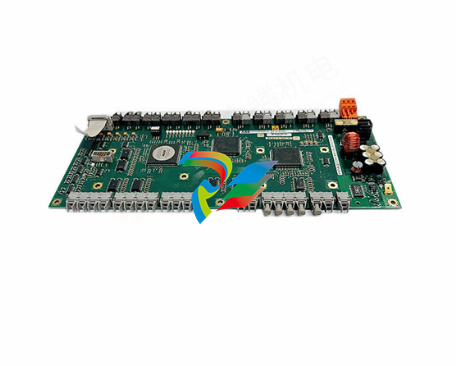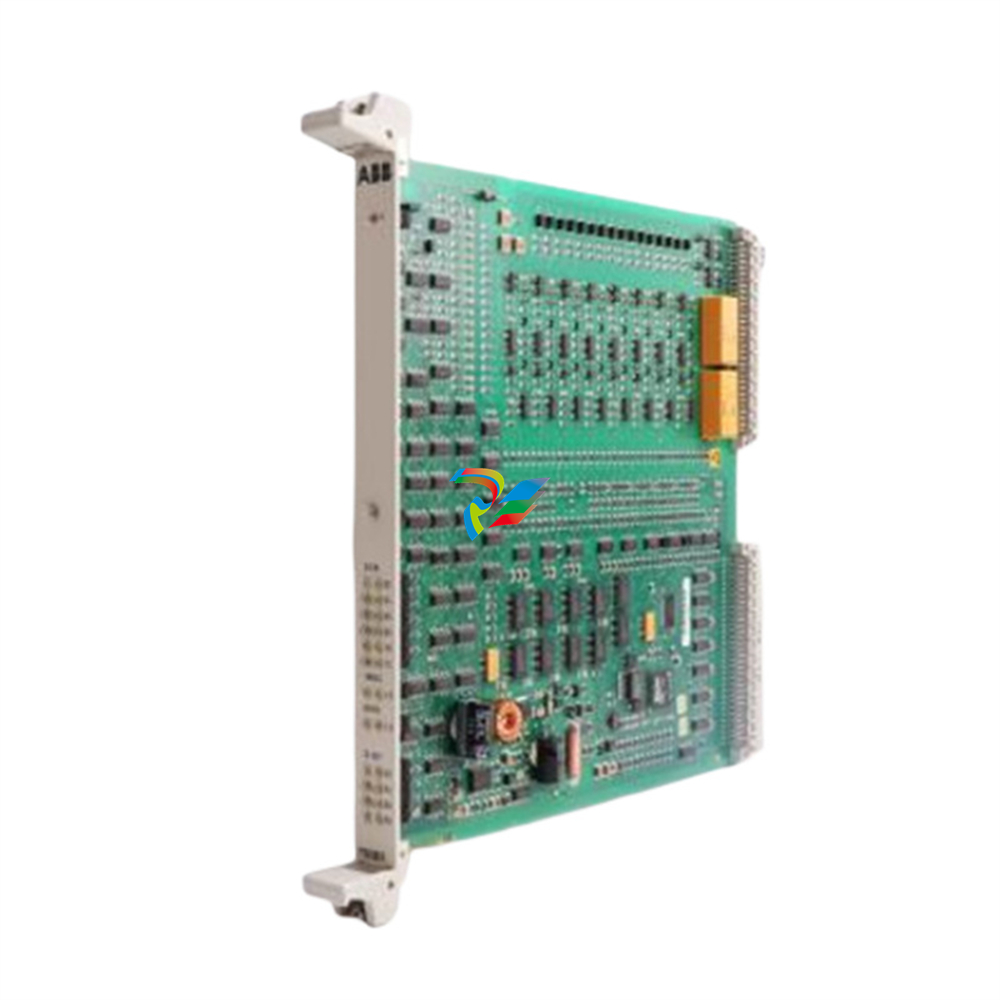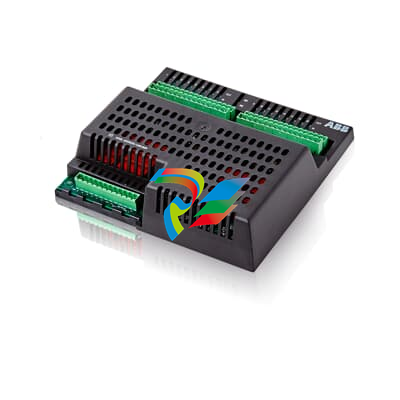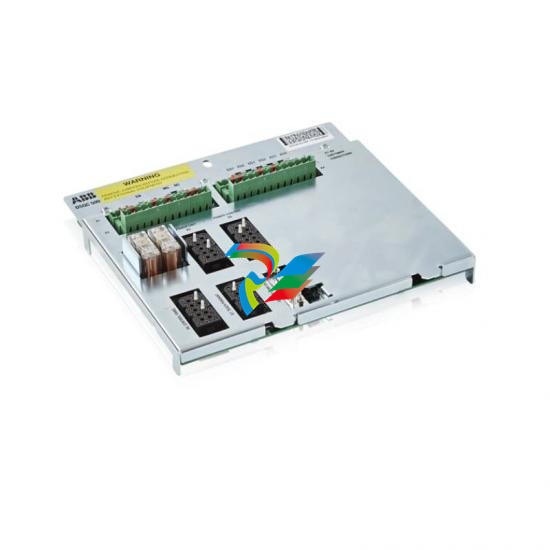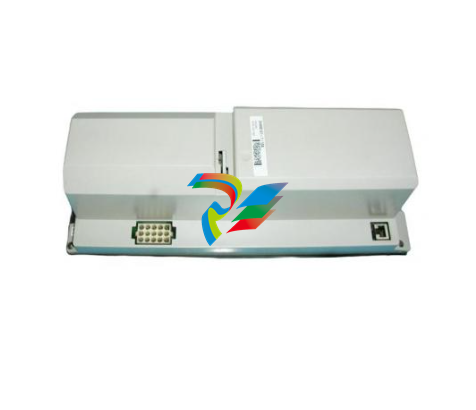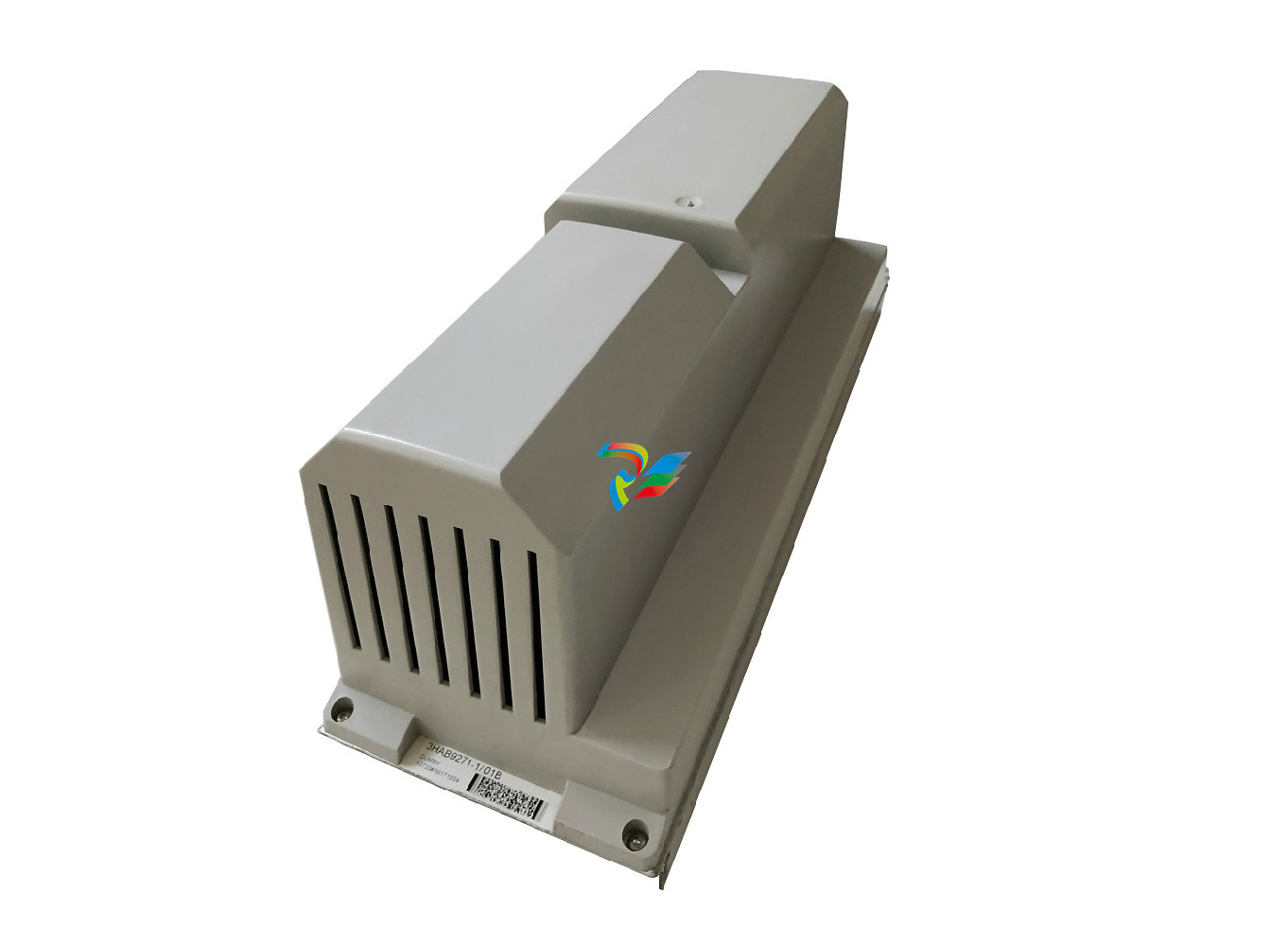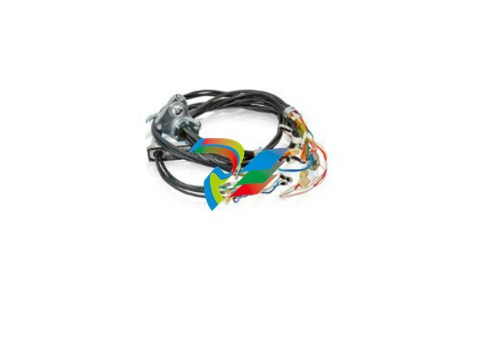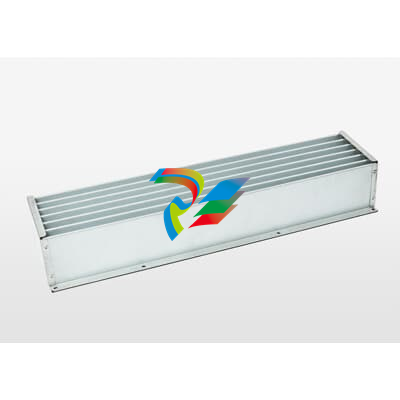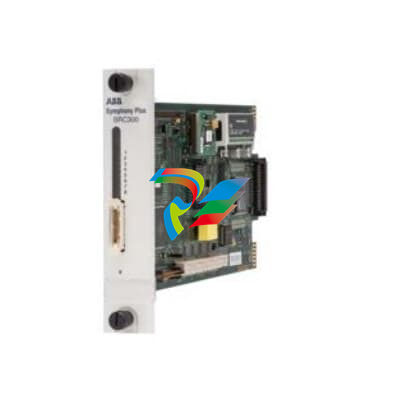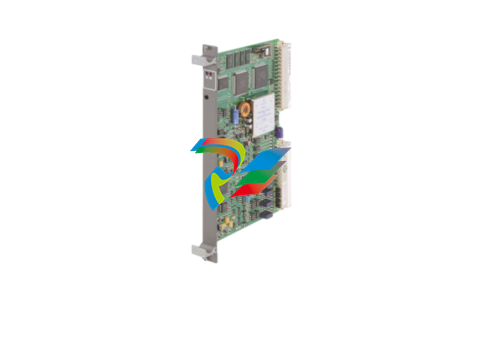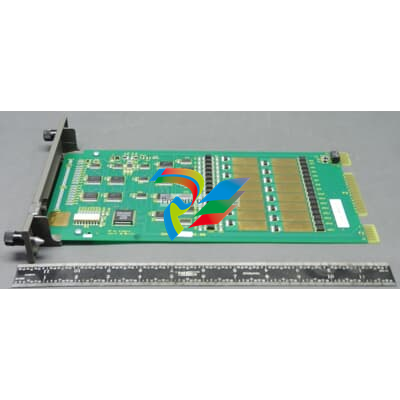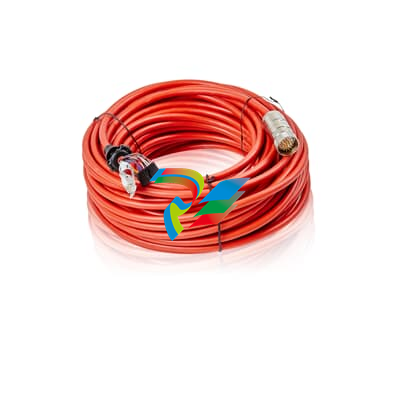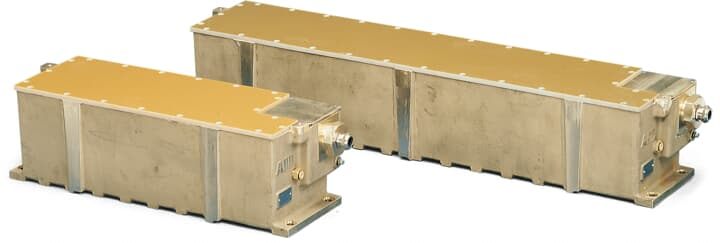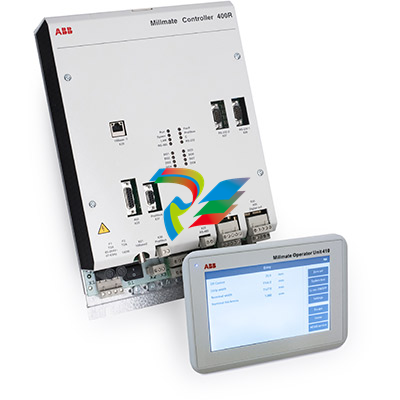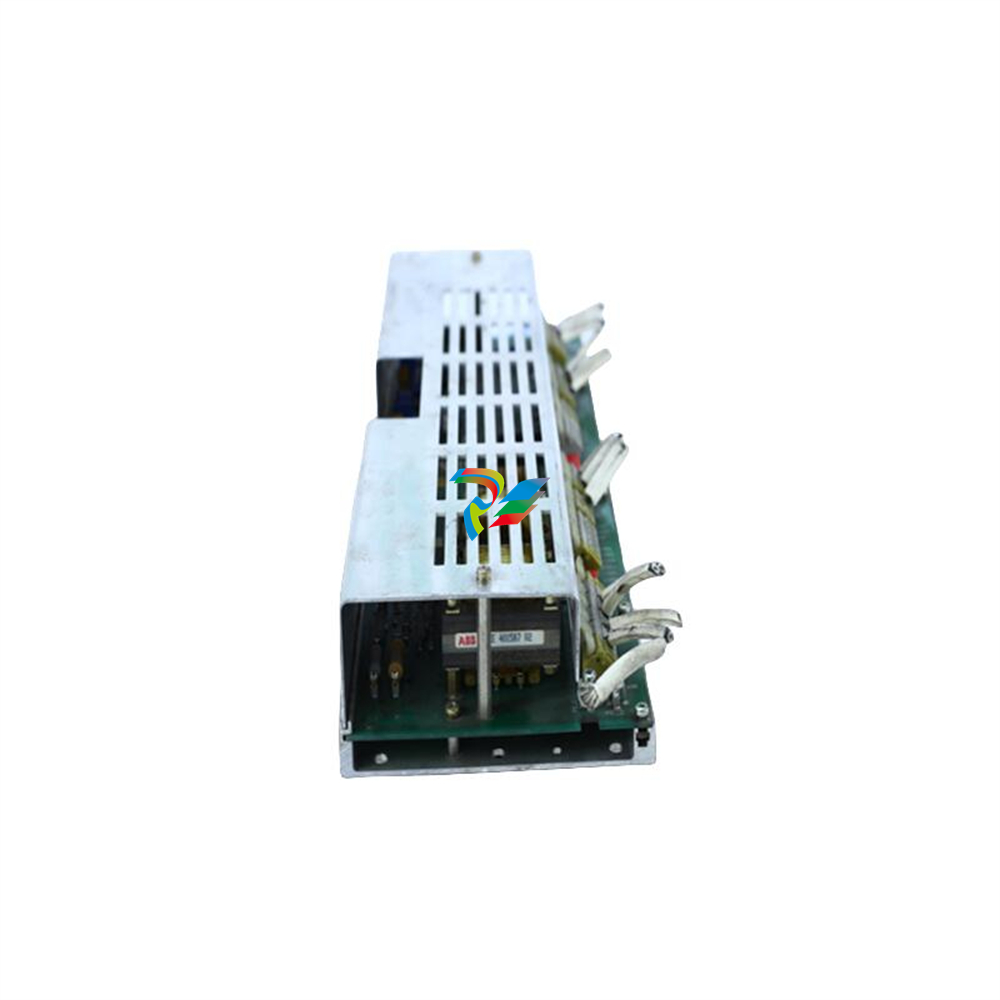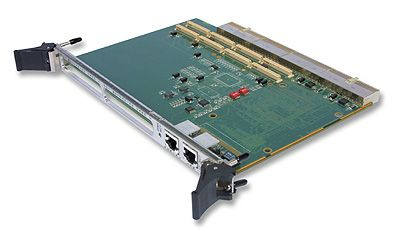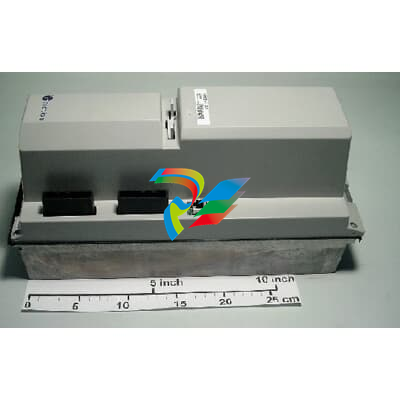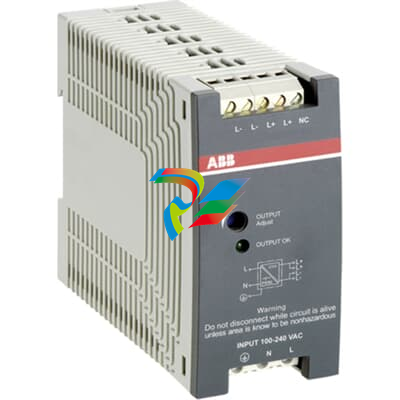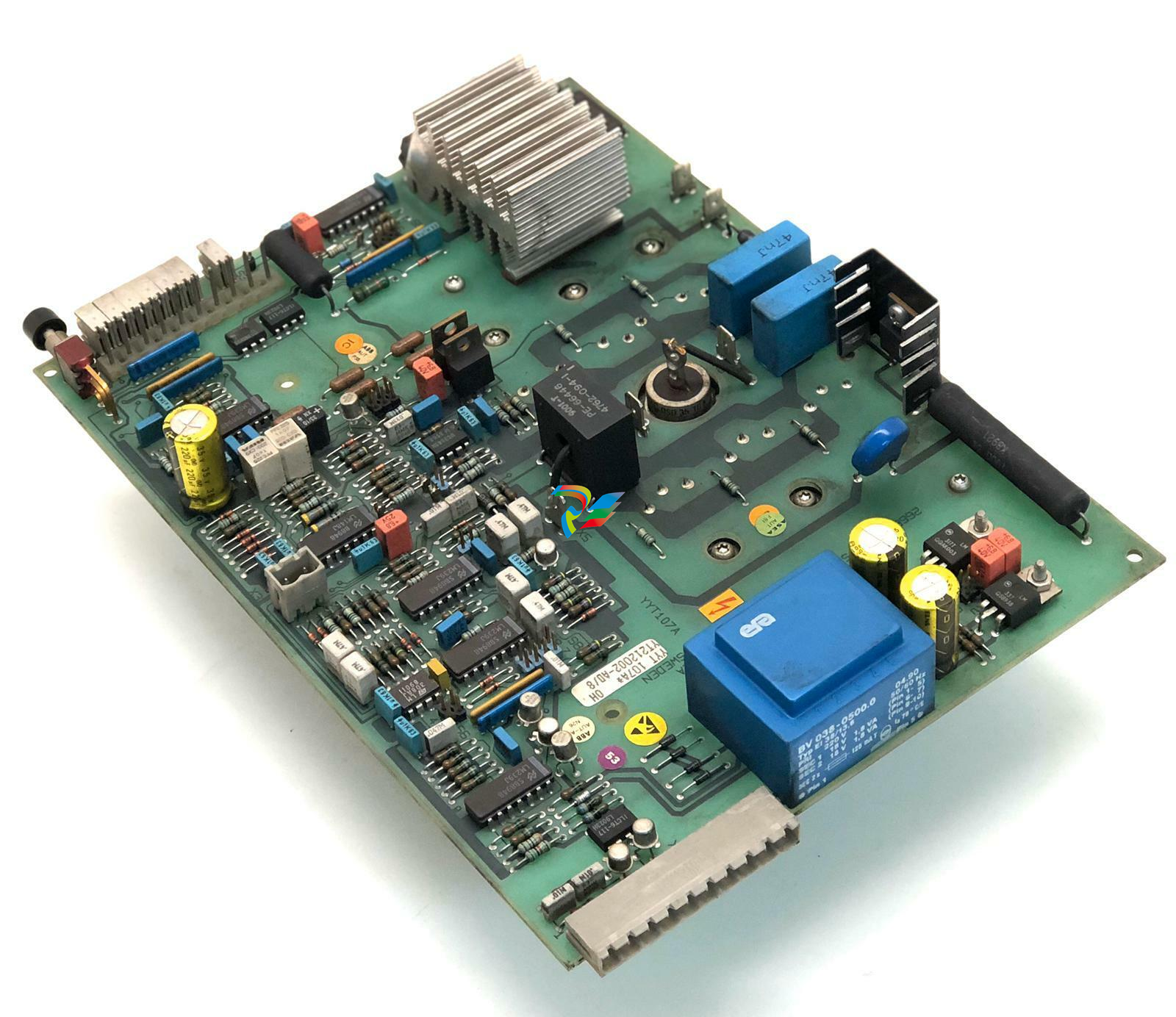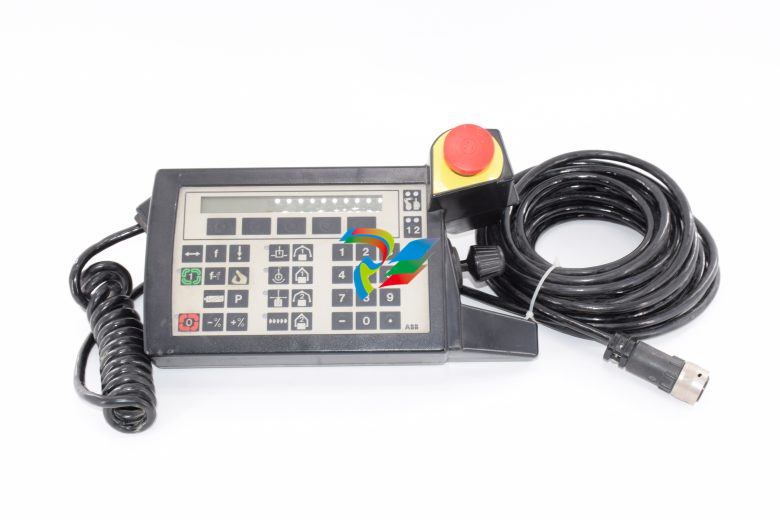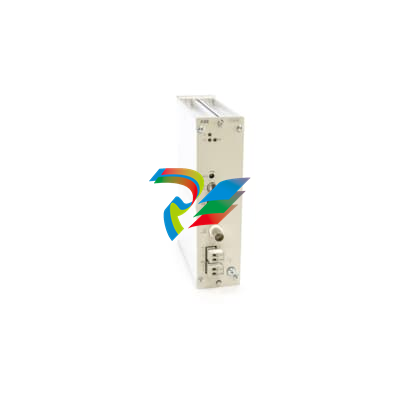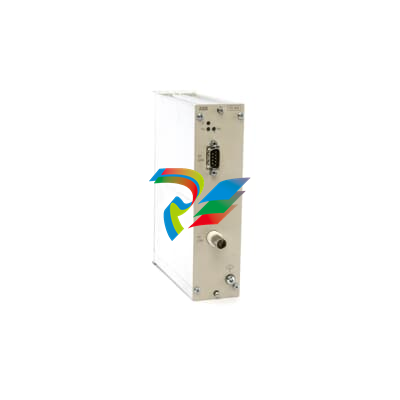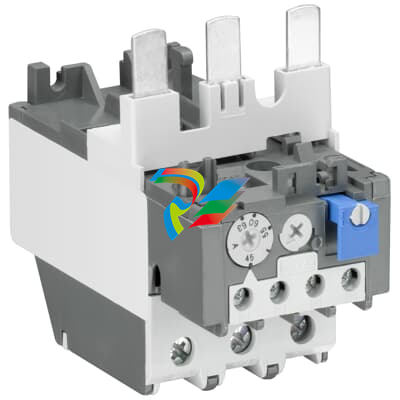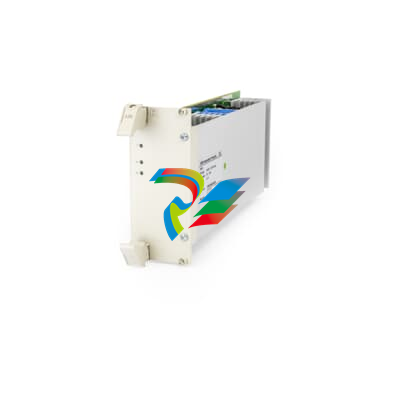
FIREYEDESCRIPTION AND INSTALLATION
IMPORTANT NOTE
The information provided in this bulletin is directed to competent boiler and combustion service
technicians who are experienced in the installation and operation of Fireye Flame Safety equipment.
Persons not familiar with Fireye products should contact the nearest Fireye representative or other
qualified service group.
The 45UV5 scanners as well as all other Fireye scanners, are designed to be used exclusively with
the appropriate Fireye Flame Safeguard and Burner Management controls. The application of these
scanners to other than Fireye equipment should be reviewed for approval by Fireye.
APPLICATION
Fireye 45UV5 self-checking scanners are used to detect ultraviolet emissions from fossil fuel flames
such as natural gas, coke oven gas, propane, methane, butane, kerosene, light petroleum distillates
and diesel fuels.
These 45UV5 models are used only with the Flame-Monitor, BurnerLogix, D-Series, FlameWorx,
MicroM and some P-Series Fireye control models to provide flame safeguard and monitoring systems for supervised manual, semi-automatic and fully automatic single burner boilers, process ovens
and heaters.
PRINCIPLES OF OPERATION
The 45UV5 scanners use a UV-eye detector. This detector is a sealed, gas filled, UV-sensitive tube
containing two electrodes connected to a source of AC voltage. When UV radiation of sufficient
energy falls upon the electrodes, electrons are released and the inter-electrode gas becomes conductive, resulting in an electric current flow from one electrode to the other. The current flow starts and
ends abruptly and is known as an “avalanche.”
A very intense source of UV radiation will produce several hundred avalanches or pulses per second.
With less radiation there will be fewer pulses per second. Upon total disappearance of flame, the
detector output ceases. Thus, the presence or absence of pulses is an indication of the presence or
absence of flame; the frequency of the pulses is a measure of flame intensity. Pulses generated by the
scanner are transmitted to a compatible Fireye control via scanner wiring.
FEATURES
The components are contained in a cast aluminum housing sealed with an oil-resistant gasket. The
quartz lens is a planoconvex design, resulting in increased sensitivity. Also included in the scanner is
an electromagnetic shutter that permits a self-checking circuit to verify that the scanner and signal
circuits are producing valid flame presence or absence information. During the shutter closed period,
the detector’s optical path is blocked from flame radiation, allowing the amplifier control to verify
the proper operation of the ultraviolet tube. While the shutter is open, flame presence or absence is
detected. The resultant scanner output (while flame is detected) is a continuous, periodically interrupted, pulsed flame signal which is a prerequisite for energizing the associated Fireye control’s
Flame Relay.
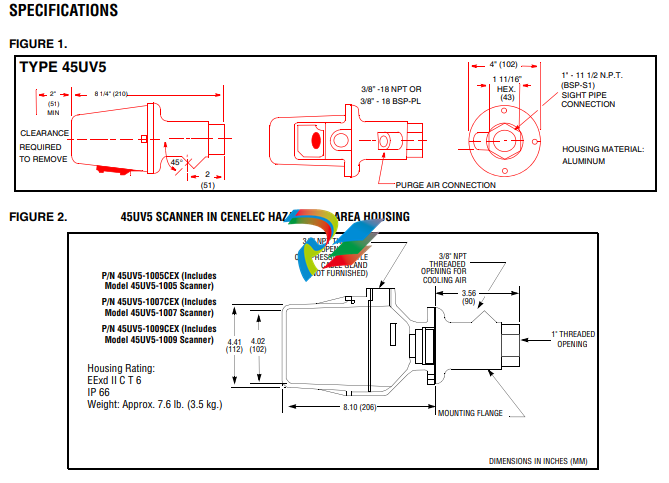
1. AN ACCEPTABLE SCANNER LOCATION MUST ENSURE THE FOLLOWING:
— Reliable pilot flame detection.
— Reliable main flame detection.
— Rejection of pilot flame too short or in the wrong position to ignite the main flame reliably,
thus prohibiting main fuel admission.
NOTE: Reliable signals must be obtained at all air flows and furnace loads (ranges of fuel firing).

2. If combustion air enters the furnace with a rotational movement of sufficient velocity to deflect
pilot flame in direction of rotation, position the scanner 0 to 30 degrees downstream of the pilot
burner and close to the periphery of the throat where the ultraviolet radiation is at a maximum.
(See Figure 4).
3. Having determined an appropriate location for the sight tube, cut a clearance hole for a 2 inch
pipe through the burner plate. If register vanes interfere with the desired line of sight, the interfering vane(s) should be trimmed to assure an unobstructed viewing path at all firing levels, see
Figure 3.
4. Mount scanner sight pipe by either:
— Centering a Fireye No. 60-1664-3 (NPT) or 60-1664-4 (BSP) swivel mount over the hole
and installing the sight pipe on the swivel mount,
or
— Inserting the end of the sight pipe into the hole, aligning the pipe to the desired viewing
angle and tack welding. (Welding must be adequate to temporarily support the weight of the
installed scanner). The sight pipe should be arranged to slant downward so that the dirt and
dust will not collect in it.

When a satisfactory sighting position has been confirmed by operational test, (see section on
alignment), the sight pipe should either be firmly welded in place or, if the swivel mount is used,
the base position should be secured by tightening the three hex head cap screw located on the
swivel mount ring. In certain older style swivel mounts, tack welding may be required.
6. Excessive flame signal can affect flame discrimination and prevent the control connected to the
scanner from performing properly. To reduce the signal level of the tube, or improve flame discrimination, orifices may be installed to decrease the scanner’s field of view and reduce its sensitivity. Installation of the orifice disk is shown in Figure 6.
7. The scanner viewing window must be kept free of contaminants (oil, smoke, soot, dirt) and the


































































































